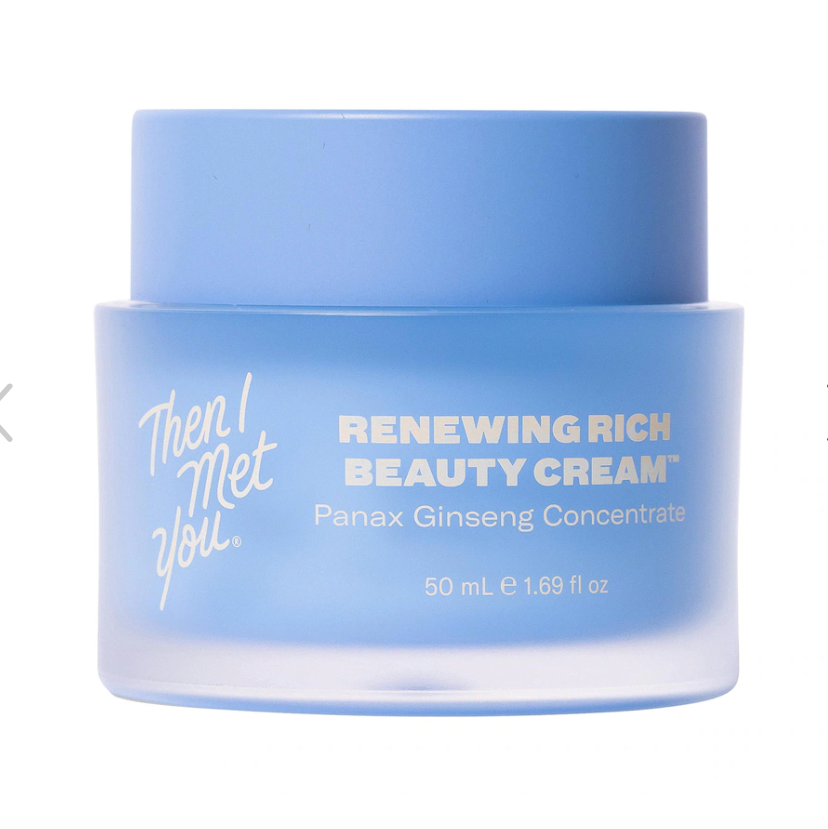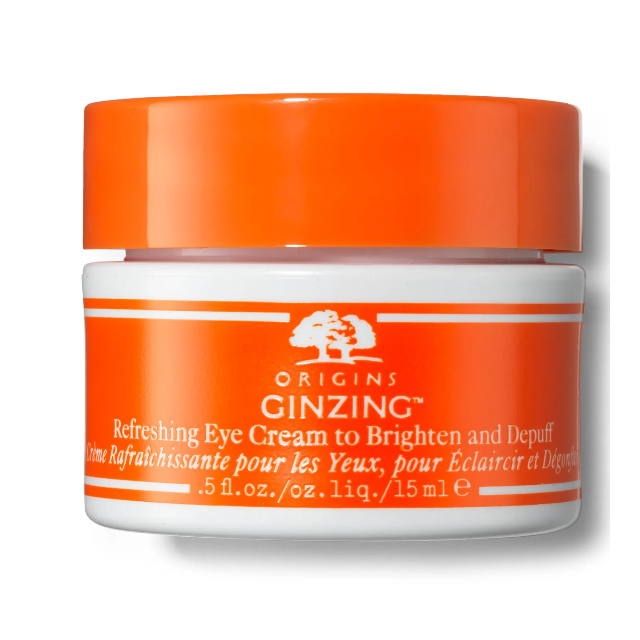Dermatologists Say Products Containing This Korean Skincare Recipe Can Lighten Dark Spots
At first glance, I found the plants themselves unusual – all long stems and medium-sized oblong leaves. The berries on the top had not yet opened to a fiery red, so the unripe clusters disappeared in the sea of green. But when the farmer grabbed one of the trunks and pulled the root out of the ground for our team to examine, we were struck by its twist.
I was in South Korea, at a ginseng farm in the city of Yeoju-Si. The scorching heat of the late June day was almost too much for me to bear. It was really heavy for the fragile ginseng, which thrives in mountainous areas, protected by many forests. That is why, when this plant is grown in open fields like the one I was standing in, it is usually covered by tents like a tarp. The tuber has been used for centuries by Koreans as a remedy for everything from laziness to digestive problems to dull, dull-looking skin. old It is so respected in the region that the crop is regulated under strict quality standards according to the South Korean version of the US Food and Drug Administration, the Food and Drug Administration.
My host for the day was KT&G and its subsidiary, Korea Ginseng Corporation, which produces and markets Korean red ginseng – considered by many to be the champagne of its kind – in skin products and supplements. food under the names of CheongKwanJang and Jung Kwan Jang. . Almost every time I visited, I was offered an extra flavor—a bitter brown liquid in a tall bag—but as a beauty editor, I was more interested in ginseng as a skin ingredient. While walking around Myeong-dong, Seoul’s shopping district, I would come across many K-beauty shops — and I spied ginseng in the ingredient list of many cosmetics, masks and accessories I saw.
And, by the way, there is real science that supports the use of ginseng in skin care. “Rich in antioxidants, topical ginseng can help reduce the appearance of various signs of premature aging and repair and protect the skin,” explains American dermatologist Yunyoung Claire Chang, MD, instructor of dermatology at Mount Sinai, New York -wrote a review article on the effectiveness of Korean natural skin care products. “It has also been shown to have anti-inflammatory and brightening benefits.”
In fact, there are many topical compounds—vitamin A, vitamin C—that experts say can do just as much. What sets ginseng apart may be the fact that it is generally well tolerated. Some ingredients—for example, retinol—are popular for skin clarity—which is part of the “no pain, no gain” philosophy of skincare. But ginseng has no such drawbacks (however, Dr. Chang advises that you always do a patch test before using any new skincare product). In my search for it, ginseng piqued my interest—and made me wonder why it hasn’t caught the attention of the BeautyTok crowd the way other skin care ingredients have. Korean skin like snail mucin had.
Koreans call it “human root,” because of its signature shape, which resembles a small person.” I was happy to learn more.
Power plant
The farm I visited in mid-June was in a state of preparation. After being in the soil for about six years, the ginseng plant reaches its nutritional potential in autumn, and the harvest is scheduled for the months of September and October. Once the cultivation is completed, the field must lie dormant for two years before new seed is sown. And under the strict regulations of the Food and Drug Administration, only the root is considered suitable for human consumption. KT&G works directly with private farmers to manage this entire eight-year process, says Taikhoon Yang, senior R&D manager at Korea Ginseng Corporation. And it is this level of dedication – and the natural blessings of the peninsula – that many believe distinguishes Korean ginseng from other types grown elsewhere, in places like China.
An important part of the root’s human power is ginsenosides, bioactive compounds that the Korean government considers powerful natural medicines that provide six primary benefits, says Yang. These include supporting the immune system, boosting blood flow, fighting fatigue, and controlling blood sugar levels, among others. “We found more than forty types of ginsenocides in our ginseng,” Yang adds. For this reason, perhaps, Korean red ginseng, known as Panax ginseng, is considered the crème de la crème of the plant species.
And ginsenosides are also largely responsible for the skin benefits of ginseng, says Dr. Chang. “Ginsenosides are antioxidants, which we know can help repair skin from oxidative damage,” he says. and tough. They achieve this by inhibiting the action of matrix metalloproteinases (MMPs), which are compounds that break down collagen. Another study found that the extract can inhibit melanogenesis , offers consumers a new solution for hyperpigmentation—especially those with lighter skin (more on that to come).
From the farm to the bath
Also important to note is that it is a combination that plays well with others. I came home from my trip to Seoul with a lot of skincare products, many of which contained ginseng, and I didn’t have any breakouts after that I use most of them in my schedule. It’s no surprise to our experts, who insist that ginseng is an ingredient that is well tolerated by most skin types and won’t interact negatively with the vitamin C serum or alpha hydroxy acid pads I’m currently using.
Quite the contrary, says Phoenix dermatologist Karan Lal, DO. Its anti-inflammatory effects make ginseng an easy and appealing ingredient to add to your skin care routine. Dr. “It’s very relaxing, very calming—it’s an ingredient that can help enhance the benefits of other tried-and-true ingredients you may already be using,” says Lal. It can also serve as a very difficult place for other practical things.
I usually put on my ginseng product of choice—currently the Ginseng Essence Water from Joseon Beauty that I picked up at South Korean beauty spot Olive Young—in the morning before I put on my vitamin C serum and lotion. sunscreen. You can use ginseng in the evening –why not-but its large amount of antioxidants makes it an ideal shield against the daily attack of environmental adversaries from the sun and air pollution. Our experts recommend checking the label for panax ginseng, in particular. Due to the strong concentration of ginsensides, it is possible that this type of plant may have additional benefits for strengthening the skin, although this issue has not been studied, says Dr. Chang.
Have I noticed a big change in my skin since adding ginseng to my routine? No, but I will always use it. A solid skin care regimen is the sum of its components, not one specific ingredient. I consider ginseng to be another tool in my skincare routine—one with many benefits and few problems.
The man-root revealed its charms to me—the last souvenir from my time in Seoul.

Brian Underwood is the beauty director at Women’s Health. She is an award-winning journalist with more than 15 years of experience covering beauty and lifestyle for several national news outlets and previously served as beauty and wellness director for Oprah Daily. . Her work has appeared in Woman’s Day, Life & Style Weekly, Good Family Care, and many more. She also serves as a member of the Skin Cancer Foundation’s gala committee and lives in New York City with her daughter.
#Dermatologists #Products #Korean #Skincare #Recipe #Lighten #Dark #Spots






